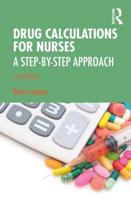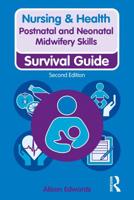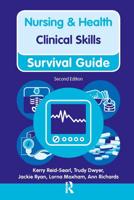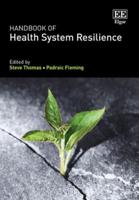Publisher's Synopsis
This evidence-based clinical guideline endorsed by the National Institute for Health and Clinical Excellence (NICE) presents guidance on physical, psychological and service-level interventions for healthcare staff on how to work with people who misuse drugs (specifically opioids, stimulants and cannabis) to significantly improve their treatment and care. Four million people in the UK use illicit drugs each year and drug misuse presents a considerable health risk and can lead to significant social problems. This NICE guideline is an important tool in helping people to overcome their drug problem.
It provides an overview of drug misuse and covers identification and recognition, brief interventions and reduction of injection and sexual risk behaviours, psychological interventions (including contingency management, behavioural couples therapy and cognitive behavioural therapy), and the settings where treatment takes place (residential, prison and inpatient care). The book contains a chapter on service-user experience and involvement in drug services and there is also advice for family members and carers of people with a drug problem.
NICE Mental Health Guidelines
These guidelines from NICE set out clear recommendations, based on the best available evidence, for health care professionals on how to work with and implement physical, psychological and service-level interventions for people with various mental health conditions.
The book contains the full guidelines that cannot be obtained in print anywhere else. It brings together all of the evidence that led to the recommendations made, detailed explanations of the methodology behind their preparation, plus an overview of the condition covering detection, diagnosis and assessment, and the full range of treatment and care approaches.
The accompanying free CD-ROM contains all the data used as evidence, including:
- Included and excluded studies.
- Profile tables that summarise both the quality of the evidence and the results of the evidence synthesis.
- All meta-analytical data, presented as forest plots.
- Detailed information about how to use and interpret forest plots.










